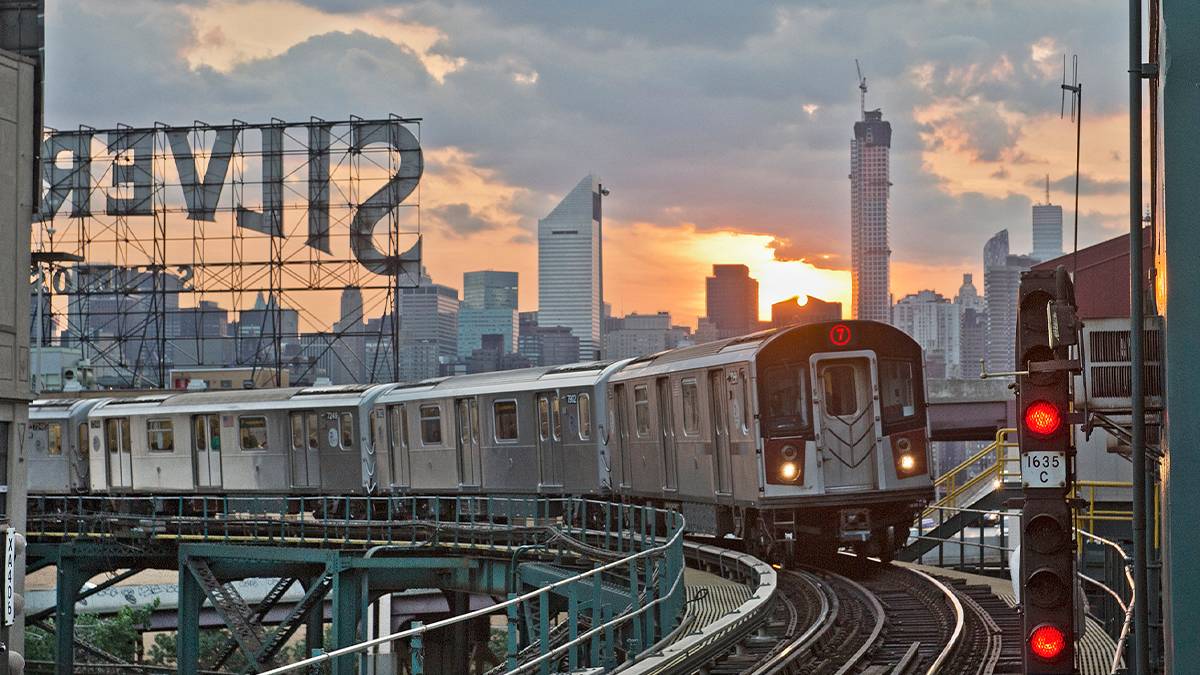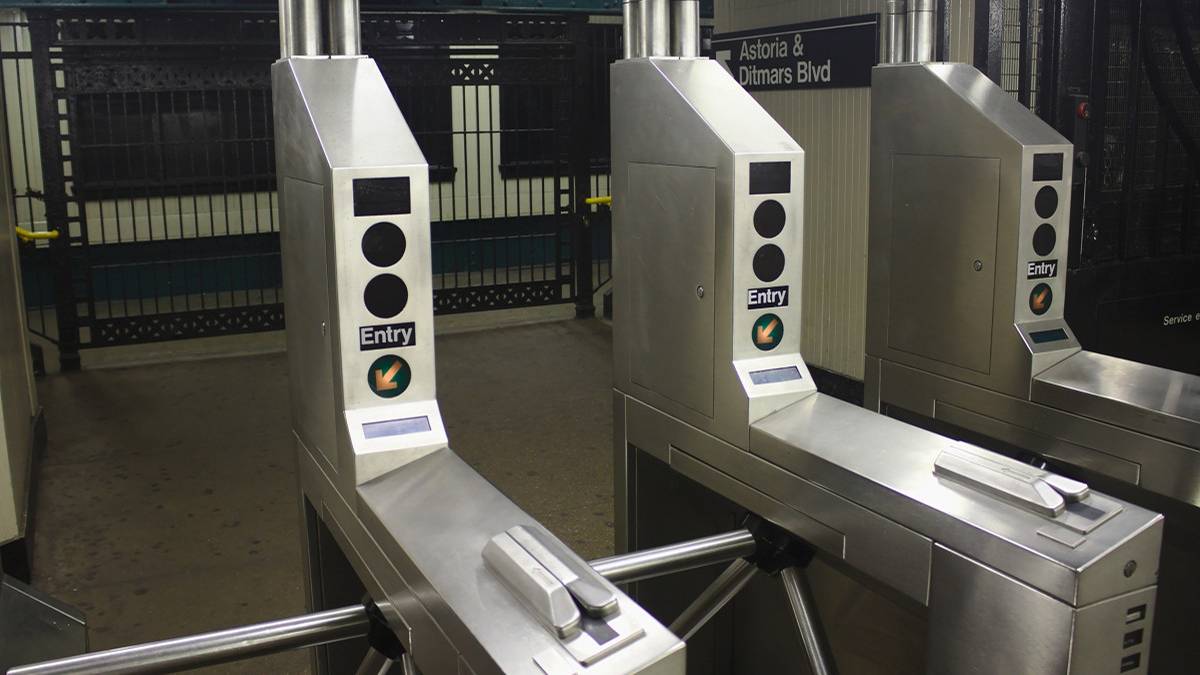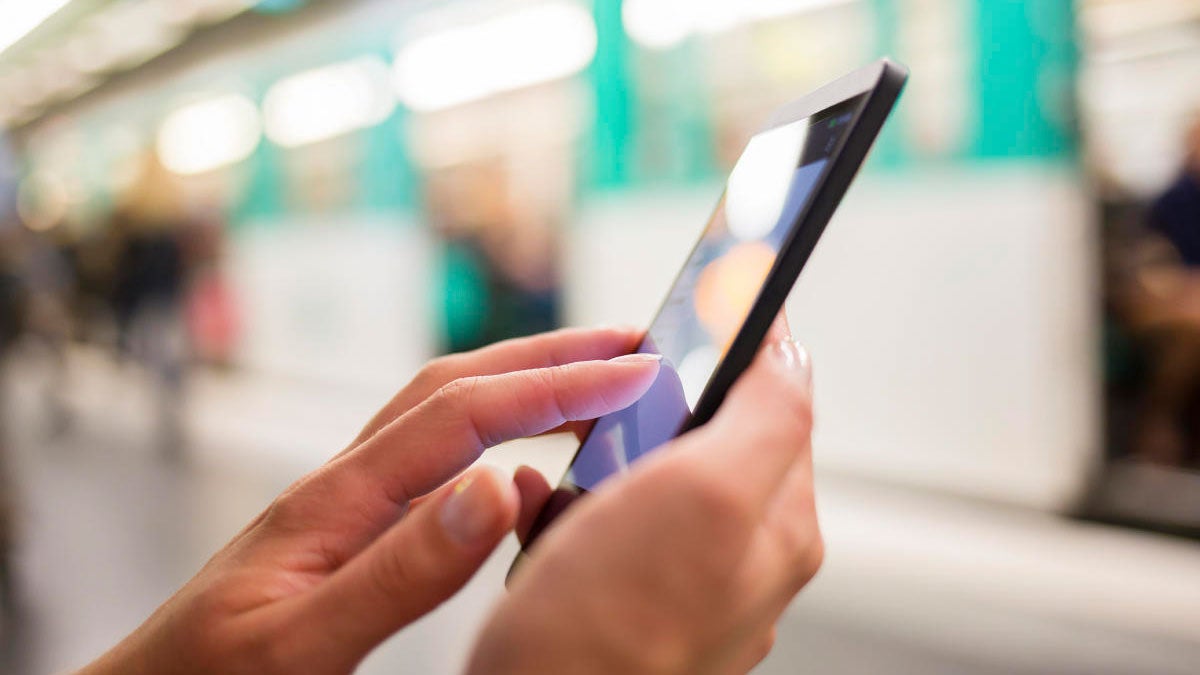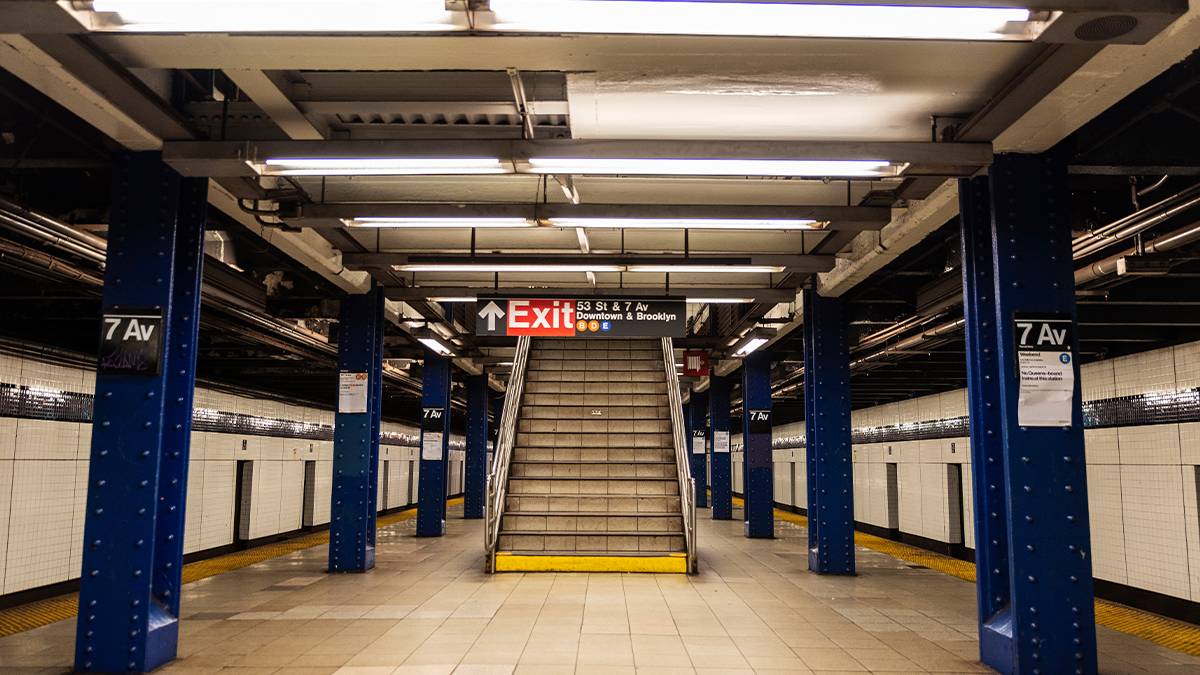NY Subway: In-Depth Guide to Tips, Tricks, and Routes

Journey beneath the bustling streets of the Big Apple with our ultimate guide to mastering the New York Subway! Discover the secrets of navigating this iconic transit maze with our insider tips and tricks.
Did you know that every day, over 5 million New Yorkers depend on the same lifeblood that pulses through the city’s veins? This lifeblood is none other than the NYC subway, an intricate network of over 660 miles of track that proves indispensable in the daily life of NYC.
The vastness and, yes, a touch of complexity of this subway system may be daunting. This is why understanding how to use NYC subway lines and the art of using the New York Subway is a must!
In this comprehensive guide, we’ll demystify the subway system, offering top tips and tricks, as well as a look at the most efficient routes to help you get around New York’s subway public transportation like a seasoned pro.
NYC Subway System: Understanding the Basics
With a total of 472 subway stops, the New York train map isn’t just a straight line but a complex network of interconnected lines spanning multiple boroughs.
Express trains are speeding along separate tracks, bypassing local stations to ferry passengers faster across longer distances. The regular, non-express subway services all stops, ensuring total coverage of the city.
Reading New York’s subway signs starts with understanding the color coding. Each color represents a different subway line, with intersecting lines indicating transfer points. Signs above entrances inform you whether the station serves uptown and downtown or both, while circular black-and-white signs indicate line numbers or letters and directions.
Inside, maps display further info: solid white circles specify local stops, and white circles with black rims are express stops. As for the symbols, an open hand means the train stops during daytime only, a moon signifies nighttime service, and ‘N’ shows the station is open round-the-clock.
Both express and local trains run across different schedules. Express trains run at peak hours more frequently, typically every 2-3 minutes. They primarily function during the daytime and massively cut travel time as they skip some stations.
Related Post: Did You Know? Fun Facts About New York That Will Blow Your Mind
Local trains, on the other hand, operate round-the-clock and at regular intervals usually every 5-10 minutes. Depending on the hour and day, the frequency can vary.
While the overall system boasts an 84% on-time rate, delays are unfortunately quite common on the New York Subway. That said, always allot extra time when commuting around the Big Apple.

Ticketing and Fares
If you’re planning to take the New York subway, the first thing you should do is to get a MetroCard. This rechargeable card is the classic way to pay for subway rides throughout the NYC subway routes. You can load it with any amount of money and swipe it at the entry turnstile of each station. There are two main types of MetroCards:
Pay-Per-Ride – This option charges you per swipe, with a bonus, if you add $5 or more to your card at once (as of the time of publishing). It’s suitable for infrequent riders or those with unpredictable travel patterns.
Unlimited MetroCard – This pass offers unlimited subway rides within a set timeframe, making it ideal for frequent riders or tourists planning extensive outings. Prices vary depending on the duration, whether you’re buying a 7-day or 30-day unlimited card.
Where to Purchase MetroCard
You can purchase and refill MetroCards at MetroCards vending machines. These are widely available in subway stations (as seen on the New York City subway map) and accept cash, credit cards, and debit cards. Follow the on-screen instructions to choose your ticket type and add value.
Related Post: NYC in 3 Days – How to See the Big Apple in 72 Quick Hours
Alternatively, you can head over to the MTA ticket booths. Located at select stations, these booths offer personalized assistance with purchasing and refilling MetroCards.
Contactless Payment Option
The MTA is gradually rolling out a contactless payment system called OMNY. You can simply tap your contactless credit or debit card, smartphone, or wearable device at the designated readers to pay for your ride. The fare is the same as using a MetroCard, and you also get free transfers and the same bonus fare for adding value.
Pro Tip: Seniors (65+), people with disabilities, and low-income New Yorkers are eligible for reduced fares on MetroCards and unlimited ride passes. Present a valid ID at the ticket booth when you purchase.
NYC Subway: How to Plan Your Route
Part of learning how to use the subway in NYC and reading the train map NYC is discovering how to take advantage of the mobile apps and website that are designed to help you plan your trip.
Even if you don’t have a physical copy of the Manhattan subway map, these New York subway planners will tell you what you need to do to get to where you need to be:
- MTA Subway – Also called the New York subway app, the official MTA app of NYsubway provides real-time train arrival times, planned disruptions, and station information. You can also plan trips, save favorites, and purchase tickets through OMNY.
- Citymapper – This popular app offers multimodal directions, including subway, bus, walking, and biking options. It also shows live traffic conditions and estimated travel times.
- HopStop – This app specializes in subway navigation, providing clear maps, detailed directions, and alternate route suggestions. It’s particularly helpful for complex transfers.
- MTA Trip Planner – Here’s a website to help you plan your trip. Enter your starting point, destination, and preferred time. It shows detailed instructions, travel times, and fare information.
Want more tips on how to use the subway in New York? Be sure to consult the C train map when planning your route through NYC, as it makes local stops along Manhattan’s west side. The C train NYC map primarily runs within Manhattan, so it may appear shorter in terms of overall distance.
Related Post: New York Hidden Gems – Unveiling 14 of the Big Apple’s Best-Kept Secrets
And yes, you can use Google Maps to plan your subway trip in New York City! Although it may not be as comprehensive as dedicated public transportation apps like the MTA Subway app or Citymapper.
Pro Tip: Follow @NYCTSubway on Twitter (X) for real-time updates on service disruptions, planned maintenance in Times Square and other stations, and other important announcements about the New York City train map and other news.
New York Subway System Insider Tips and Tricks
To navigate the NYC subway lines and read the NYC train map like a seasoned rider, check out these insider New York subway tips and tricks:
- Head of the Train – Boarding near the front of the train at rush hour helps secure a seat before the rush reaches your car.
- Transfer Tactics – If switching lines, aim for stations with cross-platform transfers, like Times Square for the 1/2/3 and 7 lines.
- Off-Peak Hours – Travel after 10:00 AM or before 4:00 PM to avoid the rush-hour squeeze.
- Plan Alternate Routes – Know alternative routes to your destination in case of unexpected closures or delays in subway stations. Apps like HopStop offer options with real-time updates.
Lastly, although you might know this already, this is a friendly reminder to stand to the right, walk to the left, and offer seats to those who need them.
Plan a Trip to New York City
Ready for an adventure in the heart of the Big Apple? With New York City’s 24/7 subway service and a hancy NYC map train, navigating the city is a breeze.
Now that you know how to ride the subway in New York City, take advantage of the discount tickets, special deals, and vacation packages offered exclusively on Tripster!
Related Post: Where to Stay in New York City on a Budget – Live it Up in The Big Apple Without Breaking the Bank
Whether you’re keen on sightseeing in the city or watching the hottest Broadway shows, let Tripster inspire your Big Apple itinerary with excellent deals on attractions and tours.
You’ll find incredible vacation packages tailored to suit every pocket and interest. It’s the ideal way to experience NYC, no matter the season. Explore, enjoy, and make unforgettable memories without breaking the bank.

NYC Subway Map FAQs
How to Read NYC Subway Map?
The NYC subway map uses colored lines to represent different New York subway routes and dots (circles or diamonds) to indicate stations. Solid dots represent express stops, while open dots indicate local stops. Transfer points, where you can switch between lines, are also clearly marked.
How Much Does It Cost to Ride NYC Subway?
A single ride on the NYC subway costs $2.75. Unlimited weekly and monthly MetroCards offer a better value if you'll be taking the subway frequently during your visit.
What is the New York City Subway Called?
The New York City subway is most commonly referred to as simply "the subway" by residents. You might also hear it called "the train" or occasionally "the MTA" (which refers to the broader Metropolitan Transportation Authority that operates the subway system).
Do You Have Any NYC Map Subway Tips to Share?
Leave them in the comments below!

